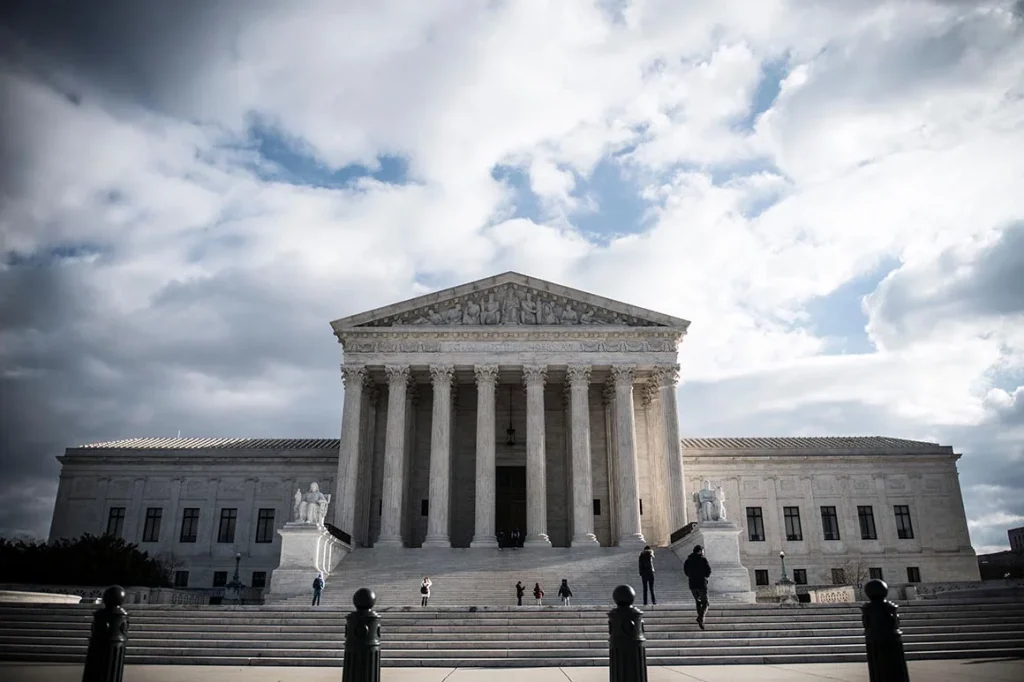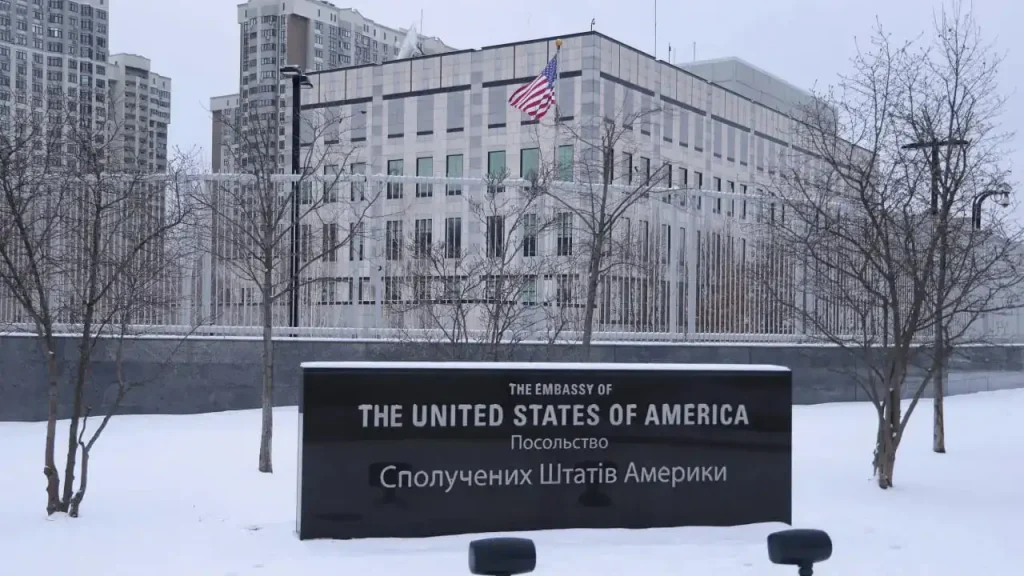U.S. shipbuilders General Dynamics and Huntington Ingalls have asked the U.S. Supreme Court to review a May 2025 ruling by the 4th U.S. Circuit Court of Appeals in Richmond, Virginia.
The decision reinstated a class-action lawsuit accusing the companies of conspiring to suppress wages for engineers and architects. A lower court had previously dismissed the case under the four-year statute of limitations for antitrust claims.
Alleged “No-Poach” Agreement
Filed in 2023, the lawsuit alleges that since 2000 the shipbuilders and several engineering consultancies violated federal antitrust laws by agreeing not to recruit each other’s key employees.
According to the plaintiffs, this alleged “no-poach” pact cost workers hundreds of millions of dollars in lost wages. Attorneys estimate tens of thousands of engineers and architects could join the proposed class.
Company and Plaintiff Reactions
The shipbuilders deny wrongdoing. One recruiter named in the lawsuit has agreed to cooperate with the plaintiffs.
Huntington Ingalls has not commented, General Dynamics has not responded to inquiries, and the plaintiffs’ lawyers also declined to comment.
Legal Strategy at the Supreme Court
The companies are represented by veteran appellate lawyer Donald Verrilli Jr., a former U.S. Solicitor General. They argue the claims are outdated and should be barred by the statute of limitations.
They also warn that the 4th Circuit’s decision could let plaintiffs revive old antitrust claims based on alleged unwritten agreements, unfairly extending the timeframe for lawsuits.
Appeals Court’s Rationale
In May 2025, Judges James Wynn and DeAndrea Gist Benjamin ruled that the plaintiffs had sufficiently alleged a concealed no-poach agreement, which delayed their awareness of the conspiracy. This justified reinstating the case.
Case Information
- Case Name: General Dynamics Corp et al. v. Susan Scharpf
- Court: U.S. Supreme Court, No. 25-293
- Petitioner’s Counsel: Donald Verrilli Jr., Munger, Tolles & Olson
- Respondent’s Counsel: Not yet listed
Potential Impact of the Decision
The Supreme Court’s ruling could reshape how antitrust lawsuits are timed and proven, especially for cases involving alleged verbal or concealed agreements.
A win for the plaintiffs might encourage more class actions, while a victory for the shipbuilders could tighten filing deadlines and limit older claims.






